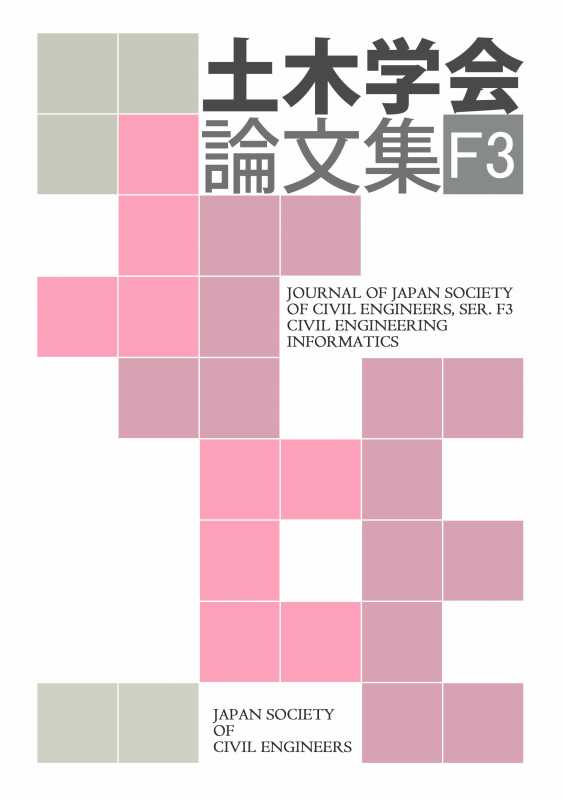Volume 76, Issue 1
Displaying 1-7 of 7 articles from this issue
- |<
- <
- 1
- >
- >|
Paper (In Japanese)
-
2020Volume 76Issue 1 Pages 1-17
Published: 2020
Released on J-STAGE: January 20, 2020
Download PDF (5254K) -
2020Volume 76Issue 1 Pages 18-31
Published: 2020
Released on J-STAGE: January 20, 2020
Download PDF (3729K) -
2020Volume 76Issue 1 Pages 32-41
Published: 2020
Released on J-STAGE: February 20, 2020
Download PDF (4354K) -
2020Volume 76Issue 1 Pages 42-52
Published: 2020
Released on J-STAGE: June 20, 2020
Download PDF (5809K) -
2020Volume 76Issue 1 Pages 63-73
Published: 2020
Released on J-STAGE: October 20, 2020
Download PDF (1428K) -
2020Volume 76Issue 1 Pages 74-86
Published: 2020
Released on J-STAGE: December 20, 2020
Download PDF (1802K)
Technical Report (In Japanese)
-
2020Volume 76Issue 1 Pages 53-62
Published: 2020
Released on J-STAGE: September 20, 2020
Download PDF (2772K)
- |<
- <
- 1
- >
- >|
